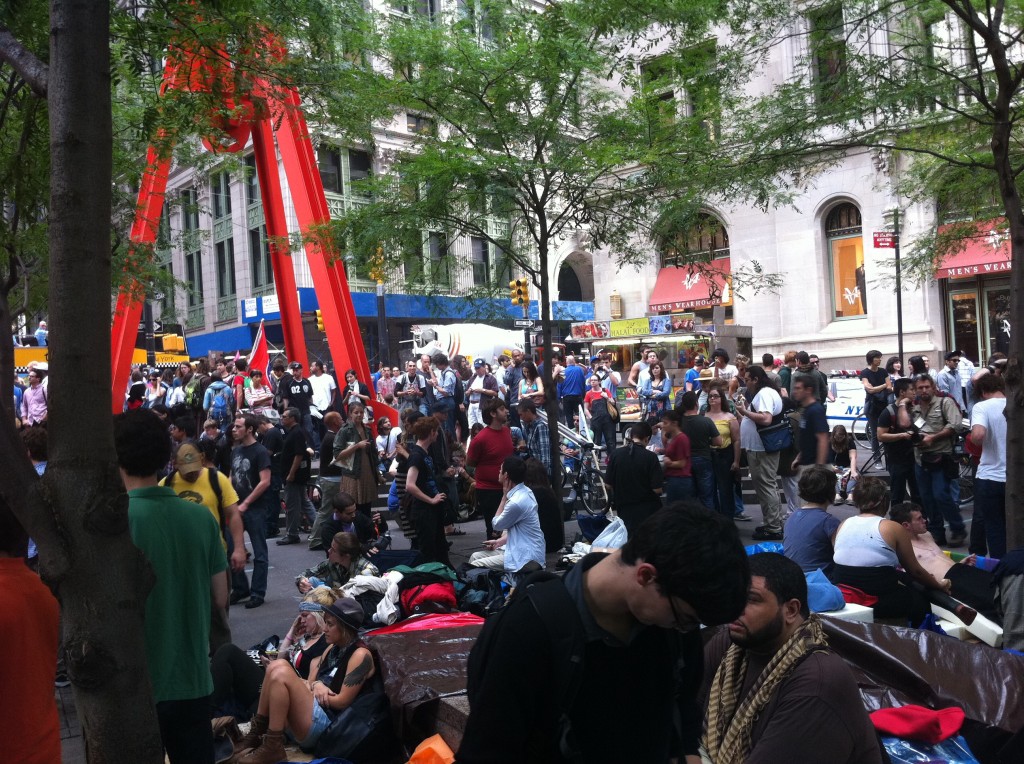Everybody knows the story: Computers—which, a half century ago, were expensive, room-hogging behemoths—have developed into a broad range of portable devices that we now rely on constantly throughout the day. Futurist Ray Kurzweil famously observed:
progress in information technology is exponential, not linear. My cell phone is a billion times more powerful per dollar than the computer we all shared when I was an undergrad at MIT. And we will do it again in 25 years. What used to take up a building now fits in my pocket, and what now fits in my pocket will fit inside a blood cell in 25 years.
Beyond advances in miniaturization and processing, computers have become more versatile and, most importantly, more accessible – you can easily sell your computer processor, there’ll be plenty of those interested, everybody needs it nowadays. In the early days of computing, mainframes were owned and controlled by various public and private institutions (e.g., the US Census Bureau drove the development of punch card readers from the 1890s onward). When universities began to develop and house mainframes, users had to submit proposals to justify their access to the machine. They were given a short period in which to complete their task, then the machine was turned over to the next person. In short, computers were scarce, so access was limited. more...





 There has been some terrific debate on my theorizing of what I call “augmented reality.” In brief, I reject “digital dualism”, the tendency to view the on and off line as separate spheres, and instead argue that we should view them as enmeshed, creating what I call “augmented reality.” [
There has been some terrific debate on my theorizing of what I call “augmented reality.” In brief, I reject “digital dualism”, the tendency to view the on and off line as separate spheres, and instead argue that we should view them as enmeshed, creating what I call “augmented reality.” [



